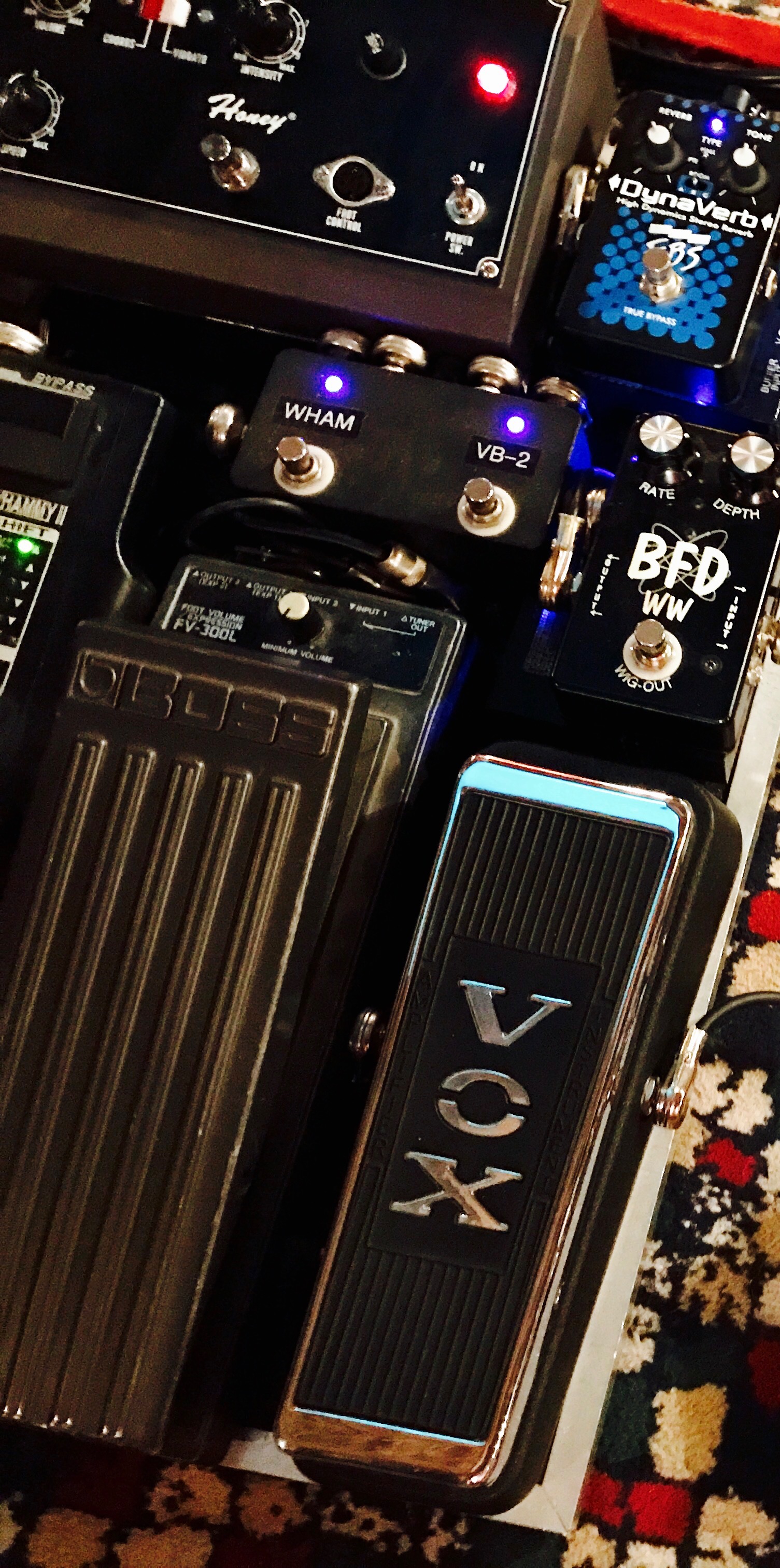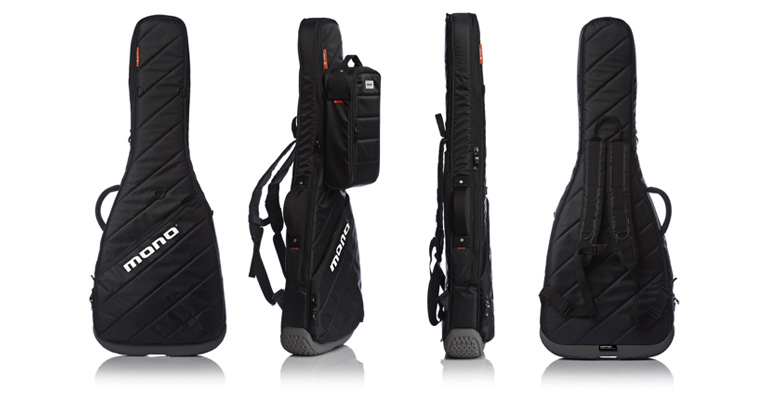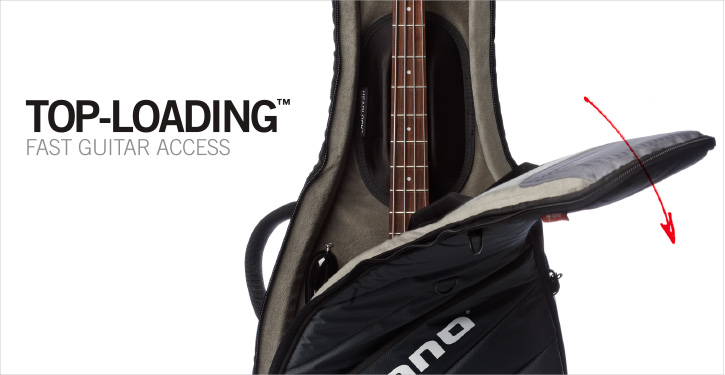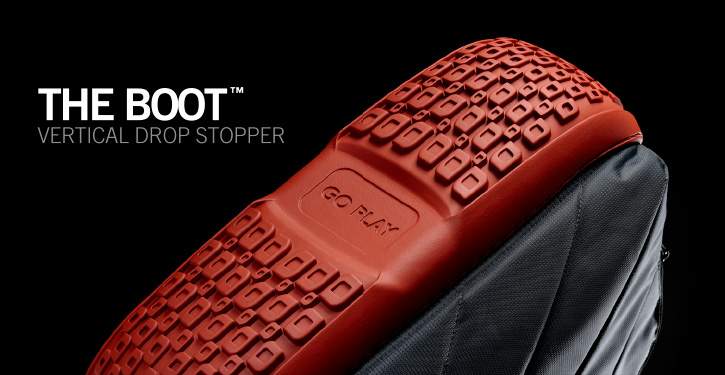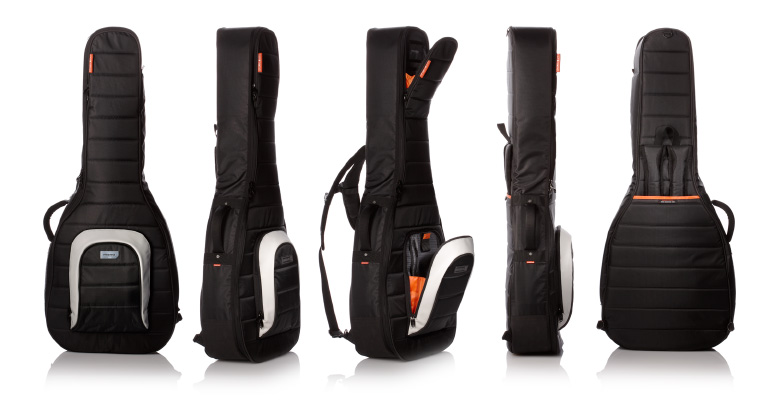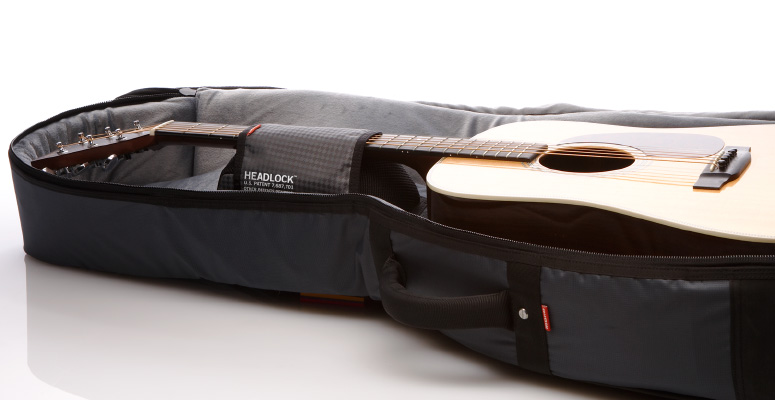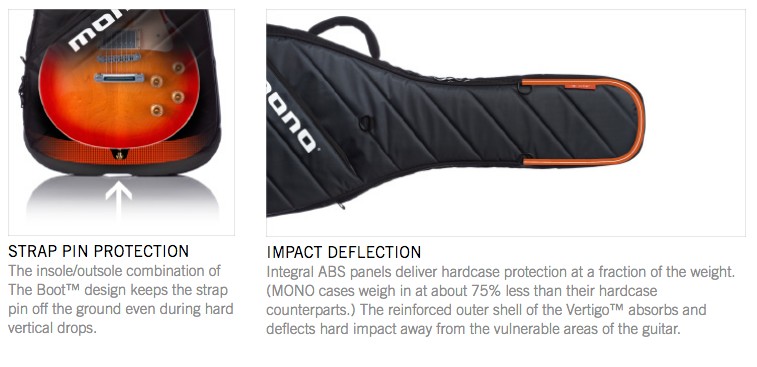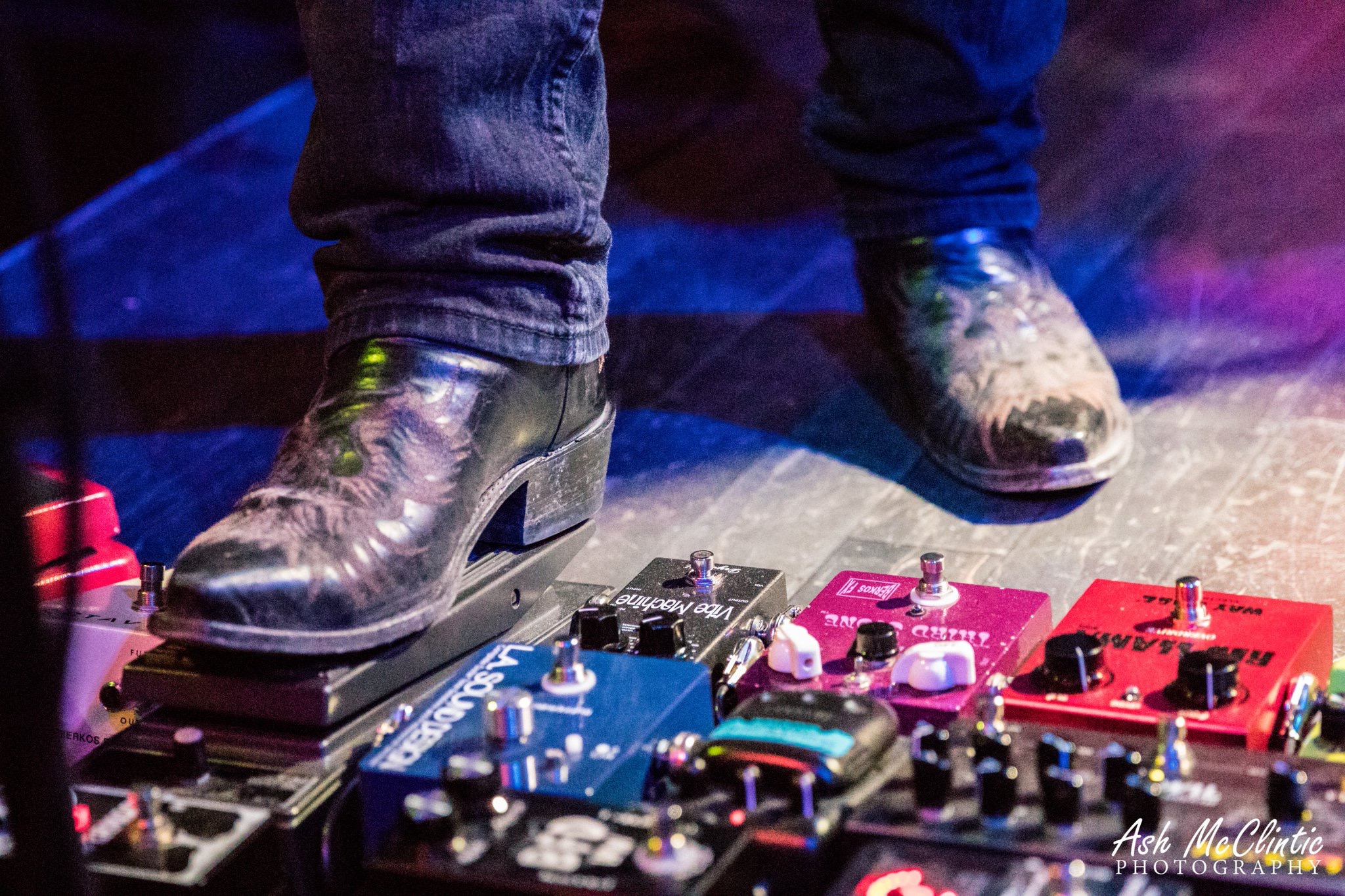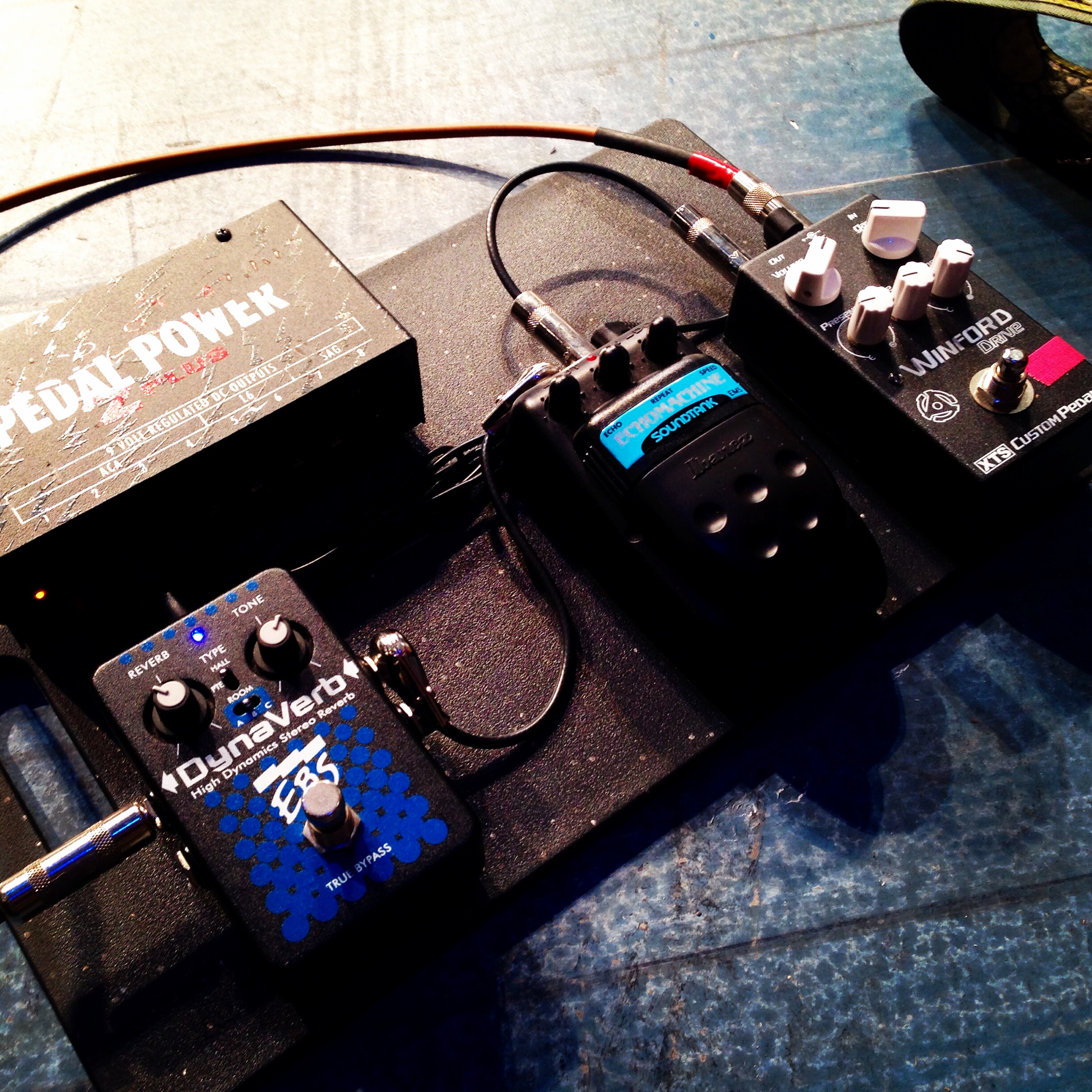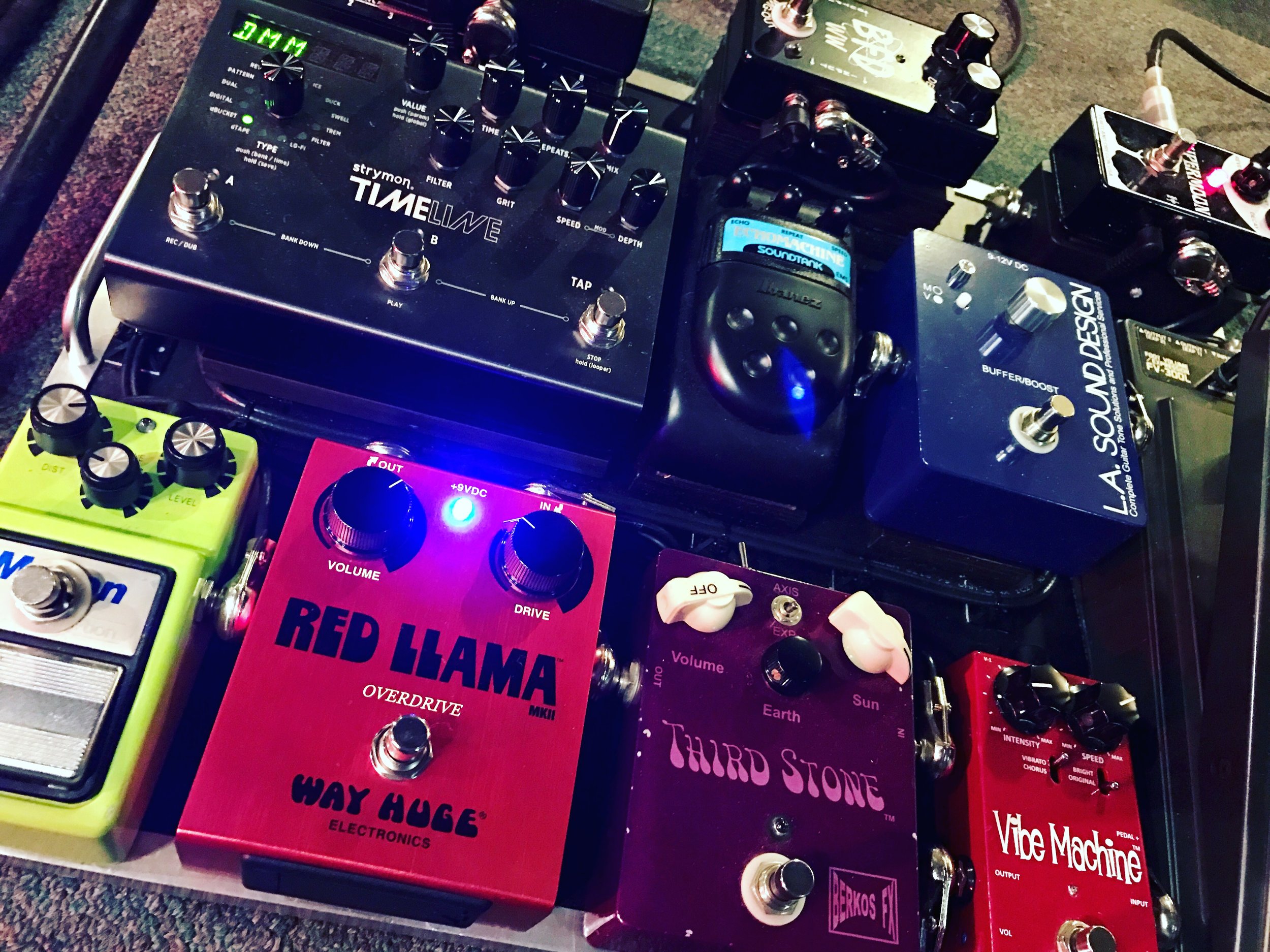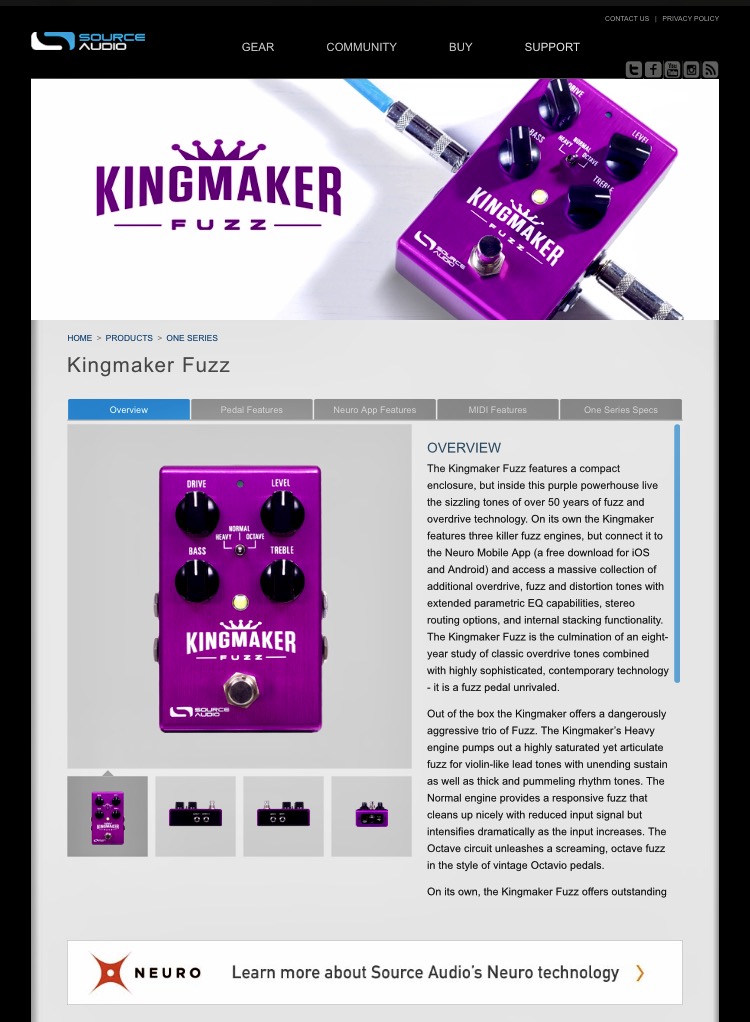Hey friends, today's Gearheads post is part of my "Tools Series" and in particular about the Wah- Wah and the way in which I use it.
The - was originally created by Del Casher, a guitarist and consultant for the Thomas Organ Company. As Del worked on the project, he discovered that when he moved the tone control from left to right on the amplifier, it created a "wah" sound similar to a harmonica player cupping his hands around the microphone and harmonica. This was the new sound that Del had been looking for. It enabled him to express a better bluesy feeling on the electric guitar. - Wikipedia. It was clear that a legend was being born from those early units, literally crafting a sound that would be heard and used by so many musicians for generations to come.
Whether it be channeling the vintage sounds of Jimi Hendrix or crafting modern filter sounds, the Wah-Wah is an indelible piece of equipment and tonal tool that every guitarist should have in their arsenal. Like most tone tools, I look at their usage as colors. Colors that can help shade the perfect moment in a layer of music, bringing out something special from the unknown. The Wah-Wah is one of those perfect tools for the job. It also goes without saying that as great as this effect is, it takes smart usage, and is not kind to the heavy hand --- no Wah should outstay it's welcome! Wacka-Wacka-Wacka...
I typically look at two elements when picking what type and model of Wah Pedal to use, and it's quite simple really: live on stage and in the studio. Many pieces of gear are suspect to this type of delineation and for me, the Wah Pedal is a big one. I look at the Stage VS. Studio in a modern/Vintage manner. The elements of the stage and live music environment will not allow my vintage-voiced pieces to shine, or even worse, be heard! The same goes for the studio choices, a modern piece may not have that depth of color I'm looking for when every note and iteration of my tone is under the proverbial microscope.
So, it comes down to two choices for me these days. The Teese RMC5 Wizard Wah and the Oxbow Studios Clyde McCoy (Picture Replica). Both pedals are lovely sounding and feeling Wah's, capable of making all the classic tones we've all heard and yearn to make.

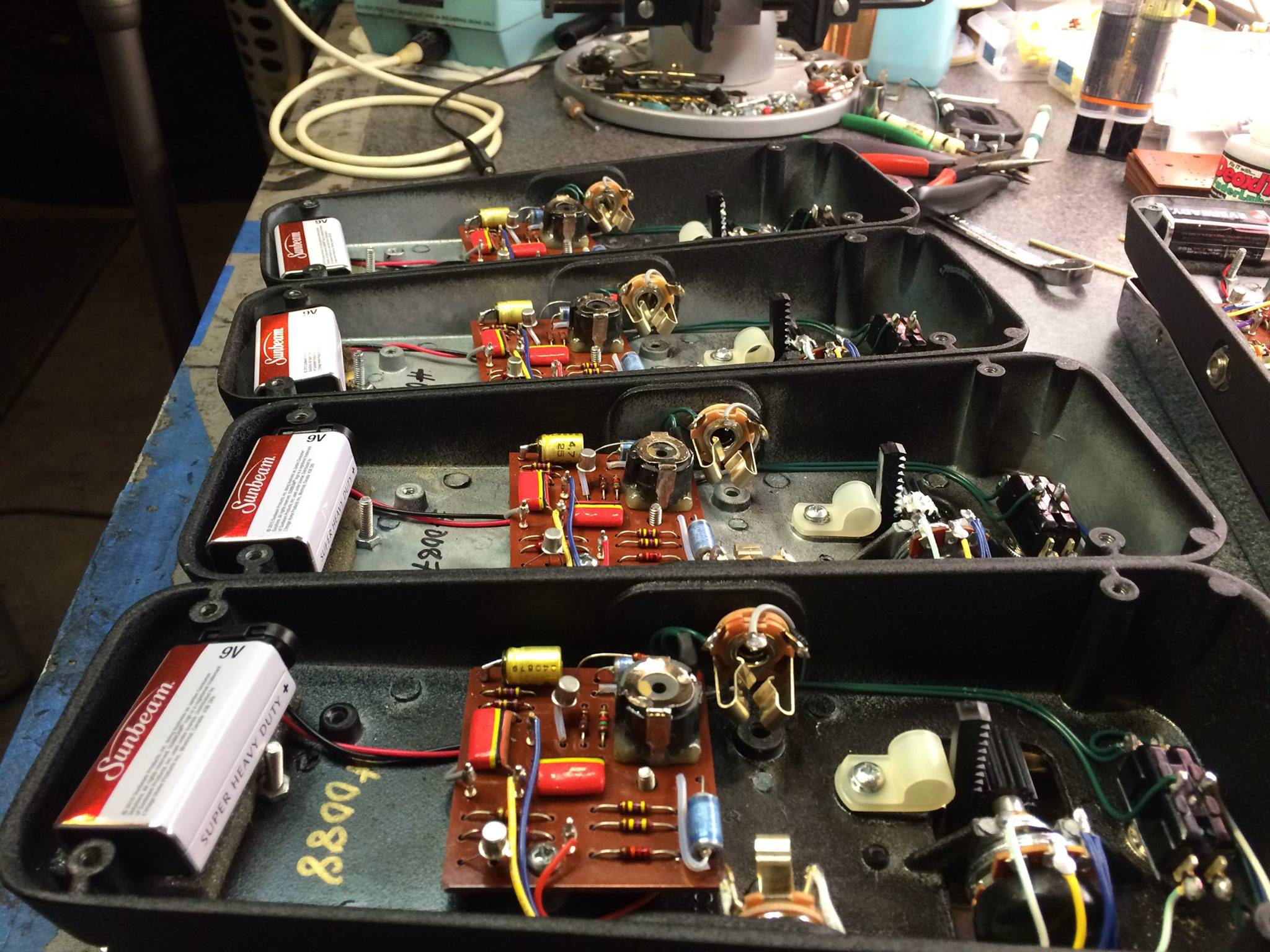
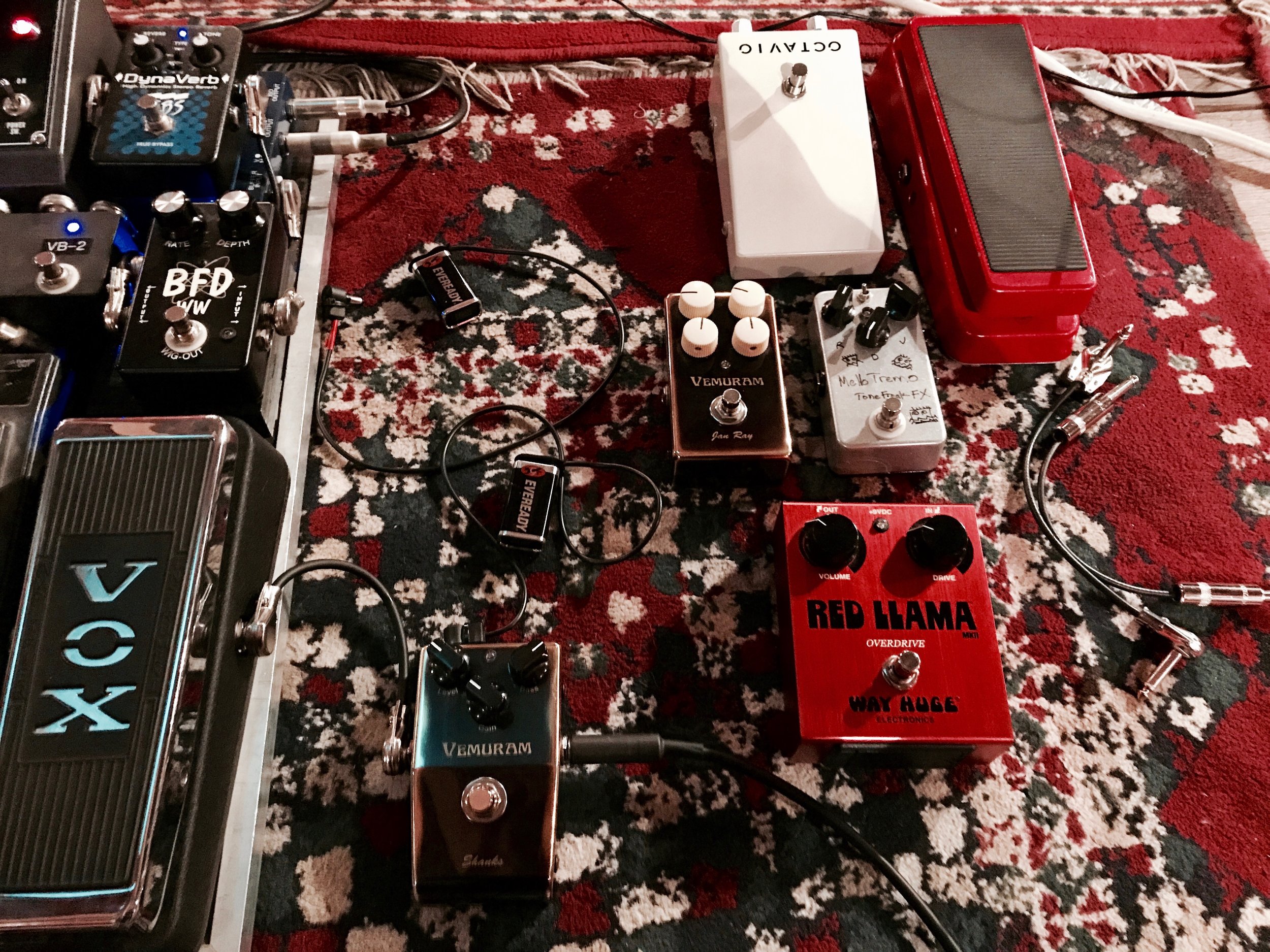
I choose the Teese RCM5 Wizard Wah for the stage as it's voiced slightly more modern than most vintage voiced Wah's, and it has a treadle throw (how far the tone goes across the potentiometer's tonal spectrum). It has more low end, and most importantly, cuts through the loud full band mix regardless of the amount of distortion or gain. It works incredibly well in the live environment due to how well it's heard through a band mix -- I cannot stress enough how important it is to pick tools that suit the job, nothing is worse than stepping on a pedal and not being heard. The Wizard Wah also has a circuit inside that allows it to run in front of vintage style Fuzz pedals, the Fuzz Face to be exact. The Fuzz Face and the Wah-Wah (Jimi Hendrix anybody!?), is a classic combination that has always had issues due to the impedance mismatch that happens when running both together; and specifically the Wah Pedal before the Fuzz (which I and many believe to sound the best). The Wizard Wah has a handy fuzz friendly buffer circuit installed which alleviates all those issues. This Wah Pedal makes for a formidable choice for the stage and arguably could be used for any musical genre due to it's extremely friendly tone and feel.
The Oxbow Studios Clyde McCoy (Picture Replica) is a horse of a different color. While I look for pieces that will help me be heard and sound great on stage, in the recording studio I look for tonal tools that are incredibly interesting sounding and most often landing in the vintage voiced camp. The Oxbow is an incredible replica of the much adorned and expensive 1967 Vox/Thomas Organ Clyde McCoy. It's a sound that is so classic and such a part of the guitar's tonal vernacular, and simply a joy to play --- there's a reason people seek high and low for great sounding originals and pay a hefty price. The Oxbow is a handmade Wah that uses hard to find vintage components from the 60's with only one idea in mind: to replicate a legendary piece of gear. I love using the Oxbow in the studio for it's fine tuned touches that can shine in the studio. It's got a very vocal yet sweet character to the throw. There's not too much high end and certainly not too much low end. In short, the Oxbow sounds like a very good original. You could spend years and boatloads of cash trying to find the original that works and sounds great, it's a joy to have modern replicas like the Oxbow available to make that tonal journey a bit easier to ride.
If you don't have either of these pedals or want to work on getting the best out of your own equipment, it's important to use the ideology of what will work best for each situation. Think about how your pieces work in a live environment versus the studio. Choose your tools correctly for your style, performance and tone. It's all about maximizing what you as a musician can give to the song, because without the song we are just a piece of the puzzle. Happy tone hunting!


